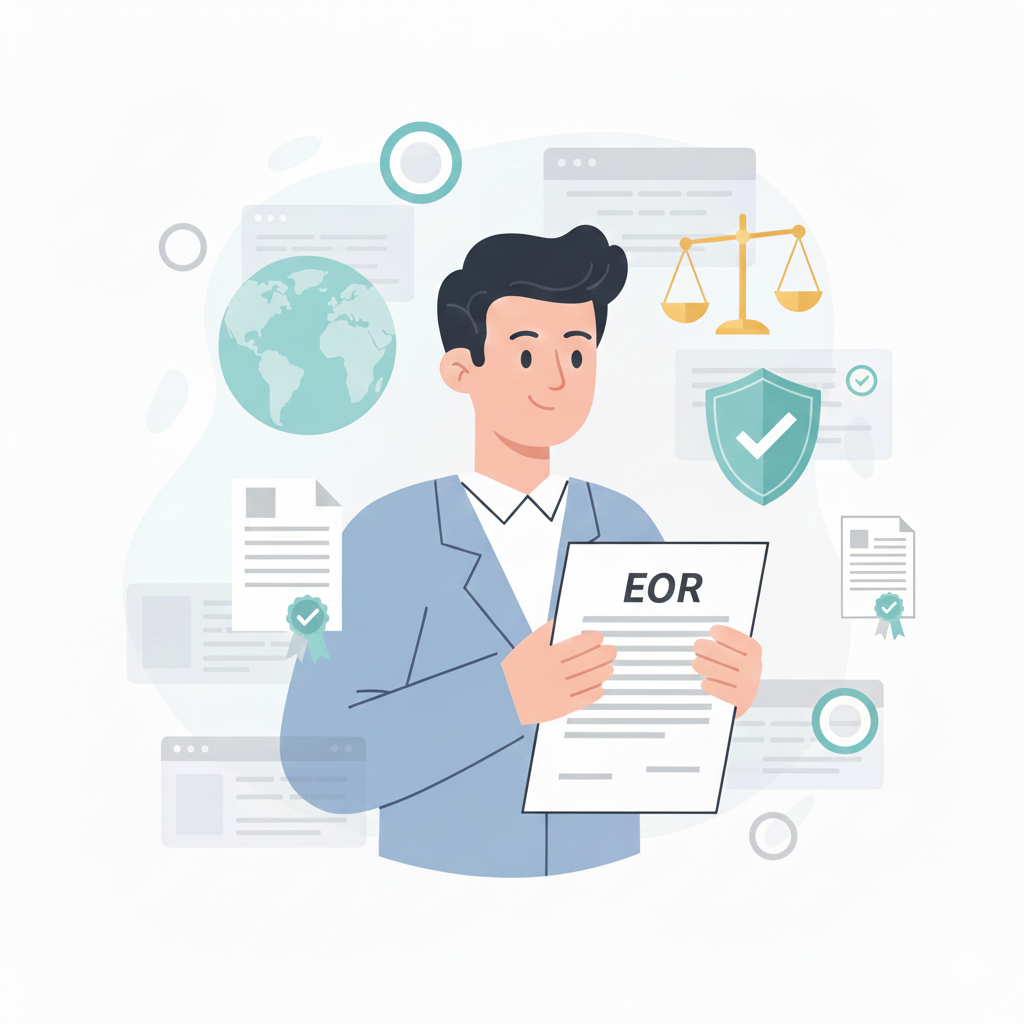In California, the Leave Policy is crucial for ensuring a healthy work-life balance and supporting employee welfare. Understanding this policy is vital for both employers and employees. Explore California's comprehensive regulations governing various leave entitlements to promote efficient management and foster a supportive work environment. Employers looking to hire employees from California or through an Employer of Record (EOR) in California must be well-versed in these regulations to ensure compliance and effective workforce management.
Annual Leave (Vacation)
- California lacks specific state legislation governing paid time off. Typically, it is up to employers to decide whether to offer paid or unpaid vacation leave.
- These vacation policies must comply with employment regulations and be clearly stated in collective bargaining agreements.
Public Holidays
- 1 Jan 2024 (Monday): New Year’s Day
- 15 Jan 2024 (Monday): Martin Luther King Jr. Day
- 19 Feb 2024 (Monday): Presidents Day
- 27 May 2024 (Monday): Memorial Day
- 19 Jun 2024 (Wednesday): Juneteenth Independence Day
- 4 Jul 2024 (Thursday): Independence Day
- 2 Sep 2024 (Monday): Labor Day
- 14 Oct 2024 (Monday): Columbus Day
- 11 Nov 2024 (Monday): Veterans Day
- 28 Nov 2024 (Thursday): Thanksgiving Day
- 25 Dec 2024 (Wednesday): Christmas Day
Sick Days
Employers often follow the Family and Medical Leave Act (FMLA), granting eligible employees up to 12 weeks of unpaid, job-protected leave per year for family and medical reasons, including maternity leave, serious health issues, or caring for a spouse or child. To qualify, employees must have been employed for at least one year, worked a minimum of 1,250 hours over the past year, and be at a location where the company employs 50 or more individuals within a 75-mile radius.
FMLA entitles employees to 12 weeks of leave per year for the birth and care of a newborn, adoption or foster care placement, care for a spouse, child, or parent with a serious health condition, and leave for their own serious health condition. It also provides 26 weeks of leave during a single year to care for a covered service member with a serious injury or illness if the employee is the service member’s spouse, child, parent, or next of kin.
California state law supplements FMLA with additional provisions. Employees receive 3 sick days per year, accrued at 1 hour for every 30 hours worked, which can roll over to the next year once, capping at 6 days. The California Family Rights Act (CFRA) extends FMLA benefits by offering job-protected leave for pregnancy, childbirth, adoption, and foster care.
Employers with 5 or more employees must provide Pregnancy Disability Leave, allowing up to four months of unpaid leave for pregnancy-related disabilities, while employers with 20 or more employees offer up to 12 weeks of family leave for bonding with a new child.
California's State Disability Insurance (SDI) provides partial pay during leave for short-term disabilities due to pregnancy or childbirth, up to 6 weeks. The Paid Family Leave Act offers partial pay for bonding with a newborn, newly adopted child, or foster child within the first 12 months.
Employees can use accrued vacation or sick leave during maternity leave. Paternity leave is covered by FMLA, CFRA, and The New Parent Leave Act (for employers with 20-49 employees), granting new fathers 12 weeks of unpaid leave.
Maternity Leave
Maternity leave is governed by the FMLA, the California Family Rights Act, and the Paid Family Leave Act (refer to Sick Leave).
Paternity Leave
- Paternity leave is regulated by the FMLA.
- It is also governed by the California Family Rights Act.
- Additionally, the New Parent Leave Act (see Sick Leave) applies to paternity leave.
Parental Leave
Parental leave is covered by the FMLA and the California Family Rights Act (refer to Sick Leave).
Adoption Leave
Adopting employees can take up to 52 weeks of adoption leave, starting when the child joins their family. They may receive adoption pay for 39 weeks, starting at 90% of average earnings for 6 weeks, then transitioning to a standard rate or 90% of earnings.
Prospective adopters must notify their employer within seven days of being matched with a child. After up to 26 weeks of leave, they can return to their previous job. Statutory Adoption Pay (SAP), provided for 39 weeks, requires continuous employment of at least 26 weeks before the notification week.
SAP is given to the adopter taking leave in couple adoptions, while the partner may qualify for Statutory Paternity Pay (Adoption), ensuring support for both parents.
Other Leave
Jury Duty
Full-time employees are entitled to unpaid, job-protected leave to serve on a jury, act as a witness, respond to a subpoena, or participate in court as a plaintiff or defendant. Proof of the jury summons must be provided to the employer.
Voting Leave
Registered voters are granted 2 hours off from work to vote in local, state, or federal elections. Employees need to inform their employers in advance. The leave can be either paid or unpaid, based on the employment contract.
Military Leave
In addition to the federal USERRA protections, California law prevents discrimination against members of the U.S. armed forces, reserves, National Guard, commissioned corps of the public health service, and other groups designated by the president during wartime or emergencies. Employers with 25 or more employees must provide up to 10 days of unpaid leave to the spouses of military service members when they are on leave from deployment.
Hassle-Free Leave Policy Management in the USA with Gloroots
Managing employee leave can be a daunting task, especially as your business expands globally. Here at Gloroots, we understand the challenges involved in navigating leave policies, particularly in the context of the USA's labor laws. Our platform is designed to ensure compliance, maintain accurate records, streamline leave requests, and generate insightful reports. By partnering with Gloroots, you can focus on business growth while we handle the intricacies of managing employee leave effectively. Reach out to us to explore how Gloroots can simplify your HR operations and enhance efficiency in the USA.

.webp)




























.webp)

















.webp)
.webp)
%204%20(2).webp)








.webp)
.webp)

